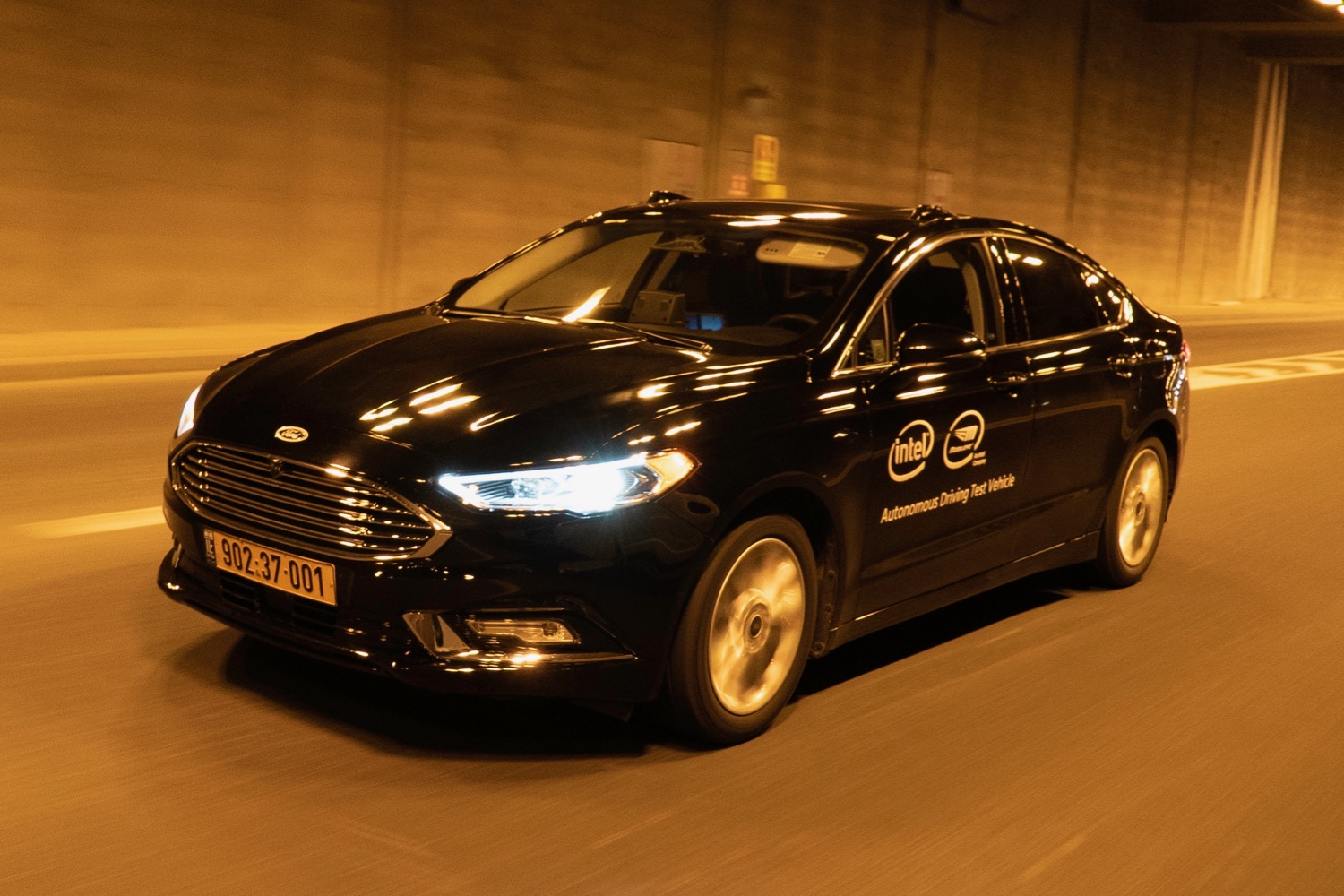
Google isn’t the only company with a fleet of vehicles mapping public roads. Mobileye — the Intel-owned developer of cameras and imaging software for self-driving cars and driver-assist systems — has inked a deal with the city of Barcelona to map streets in preparation for autonomous cars, as well as to improve urban infrastructure.
The initiative, called the Autonomous Ready project, uses a fleet of cars that are traveling 28,000 miles a day, according to Mobileye. These cars aren’t autonomous, but they are equipped with Mobileye-developed driver-assist systems. These systems include a number of onboard sensors, which send data about what they “see” to the cloud for analysis.
Mobileye claims the project will help improve safety. Just equipping vehicles with driver-assist tech will help reduce collisions, the company claims. In the first two months of the project, Mobileye claims 240,000 pedestrians and 37,000 cyclists were detected by its tech. Vehicles in the program were involved in 668 near misses that Mobileye believes were prevented by safety warnings to drivers.
Data collected by vehicles can also help Barcelona officials redesign infrastructure to improve safety, Mobileye claims. Data can be aggregated to show rates of crashes in a given area, according to Mobileye. This could form the basis of an artificial intelligence tool to identify potential safety risks, Mobileye claims.
Further into the future, the data could also speed up adoption of self-driving cars. When it comes to figuring out where self-driving cars are, GPS simply won’t cut it. Autonomous cars need detailed digital maps to determine their location, both to protect against loss of satellite signals and to provide more specific information about where cars can and cannot go. A self-driving car doesn’t inherently know what lane markings are, after all.
Deploying a fleet of cars to map city streets can be expensive and time consuming, but Mobileye streamlined the process by adding its tech to existing commercial fleets. Currently, 400 vehicles from 12 Barcelona fleets are part of the program, according to Mobileye. The city government is giving participating fleet operators perks, including preferred parking and loading/unloading privileges. Mobileye hopes to expand the number of vehicles to 1,000 in 2020, and 5,000 within three years.


